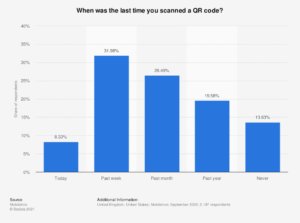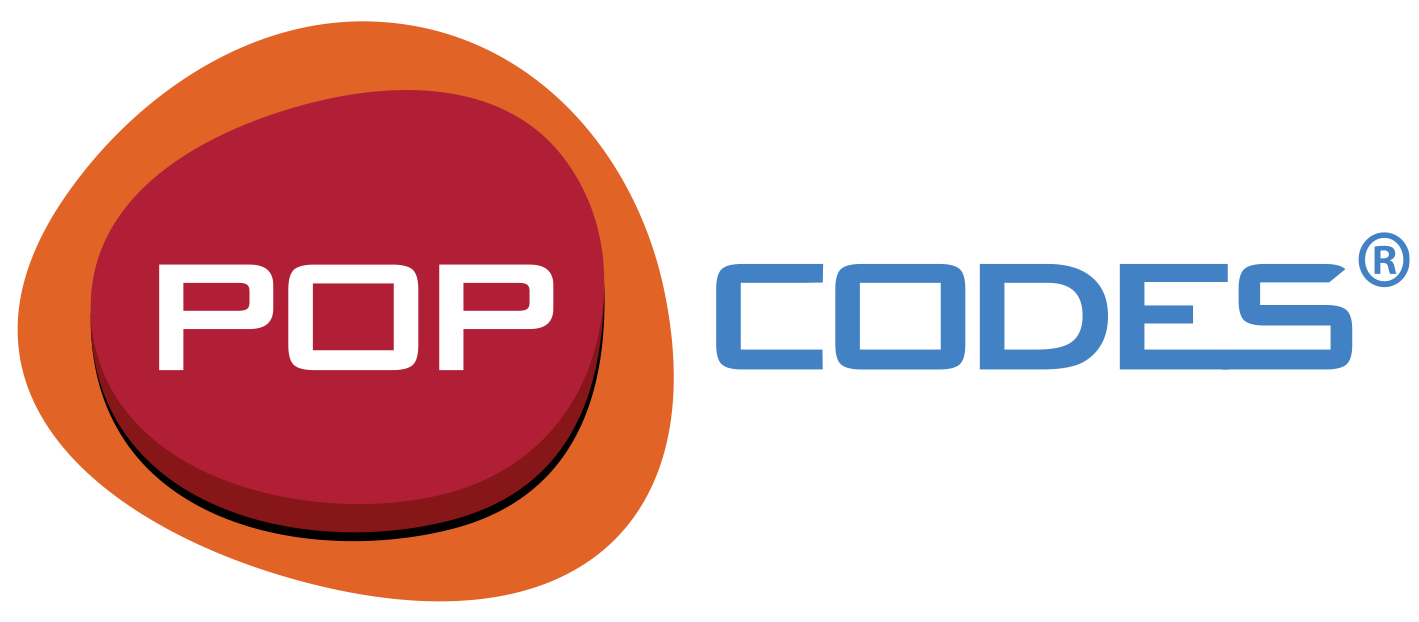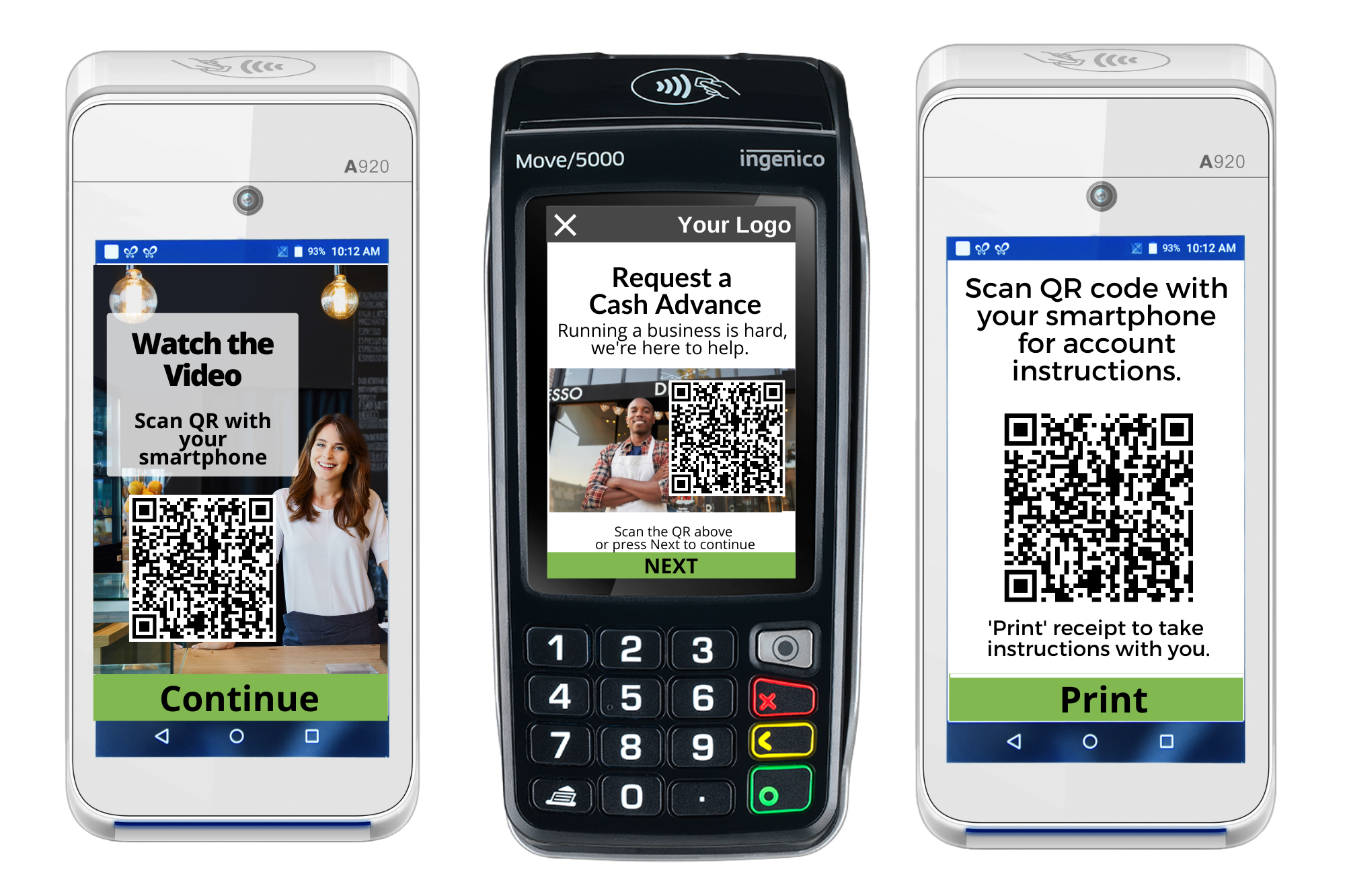Thanks to the COVID-19 pandemic everyone has become familiar with QR codes. From restaurant menus to digital business cards, you’ve probably seen a QR code a few times already today. But there’s more to utilizing this revived call to action than just putting a URL into your favorite QR generator like Kaywa or a Chrome extension.
What are QR codes?
Since their invention in 1994 for use in Japan’s auto industry, Quick Response (QR) codes have become popular for their flexible usage and contactless capabilities. QR codes can store a significant amount of data (around 7,000 characters) in a two-dimensional encoded image and primarily route users to information online. But their capabilities extend far past routing to an online menu! Using QR codes for payments is becoming a hot topic but POPcodes takes a step back and looks at how they can be used to help acquirers and ISOs manage their merchant relationships.

How can payment providers utilize QR codes for merchant satisfaction and value-added services?
Lead to a specific destination
If you’re using a QR code to simply lead to the homepage of ABCpay.com you’re missing an opportunity. QR codes allow you to direct merchants to specific content online to find information fast. Skip the step of searching through an intimidating website with a QR code directed to the most helpful resource, whether it be support content or value-added services information. This helps merchants’ satisfaction by solving their pain points faster and even avoids competitive offers or misinformation that may be found by simply searching the topic.
Use QR codes in the right location
Merchants must know why they should scan a QR code. Include a QR code in the appropriate place, such as Push Button Services Self-Help menu, to provide more detail on a topic the merchant is already invested in. Additionally, QR codes can be used to increase awareness of value-added services by including more information after an on-terminal marketing message.
Use QR codes for more than landing pages
While Push Button Services aims to avoid support calls, sometimes the merchant must call for support. Payment providers can use QR codes in conjunction with their Interactive Voice Response (IVR) systems to route calls faster. When QR codes with IVR call data are placed in a specific section of Self-Help or Sales content, the merchant can scan a QR and skip over manually dialing to get to the right support center. For even better merchant care, Push Button Services can automate support requests.
Include UTMs for traceability
Web traffic is easily attributable when UTMs are used to track QR codes like other campaign links or call to actions. By using UTM tagging for Self-Help content, acquirers and ISOs can see online traffic volumes generated, in addition to POPcodes’ Push Button Services usage data, to optimize content and prove its worth.
QR codes as a tool
Keep in mind QR codes are a great tool, but not a one size fit’s all solution. Simply providing a generalized QR code for merchants to enter your website will not increase merchant satisfaction. When QR codes are thoughtfully used to direct merchants to valuable, just-in-time resources and useful value-added services information, acquirers and ISOs can improve their merchant relationships.

